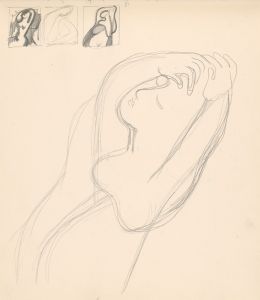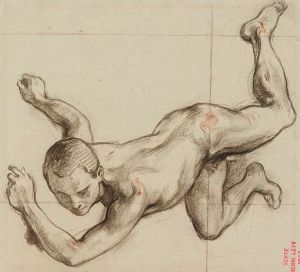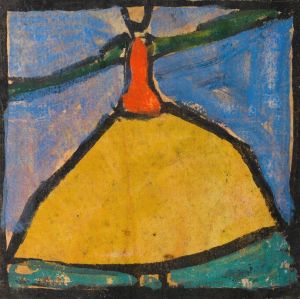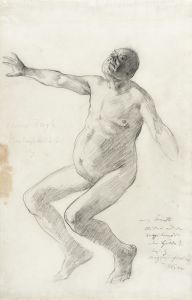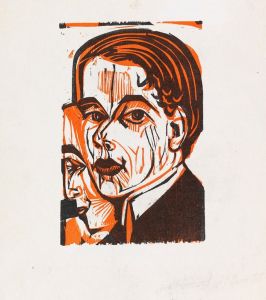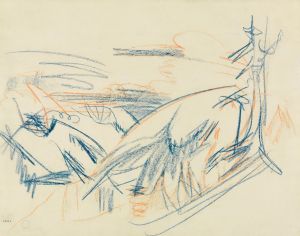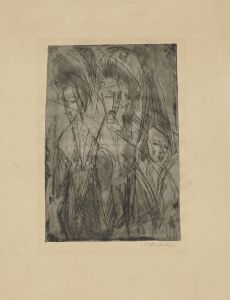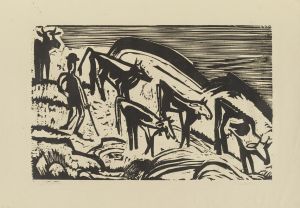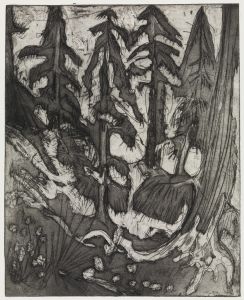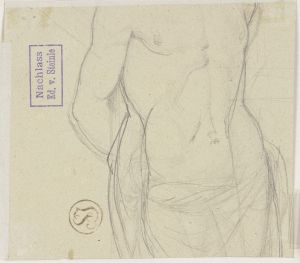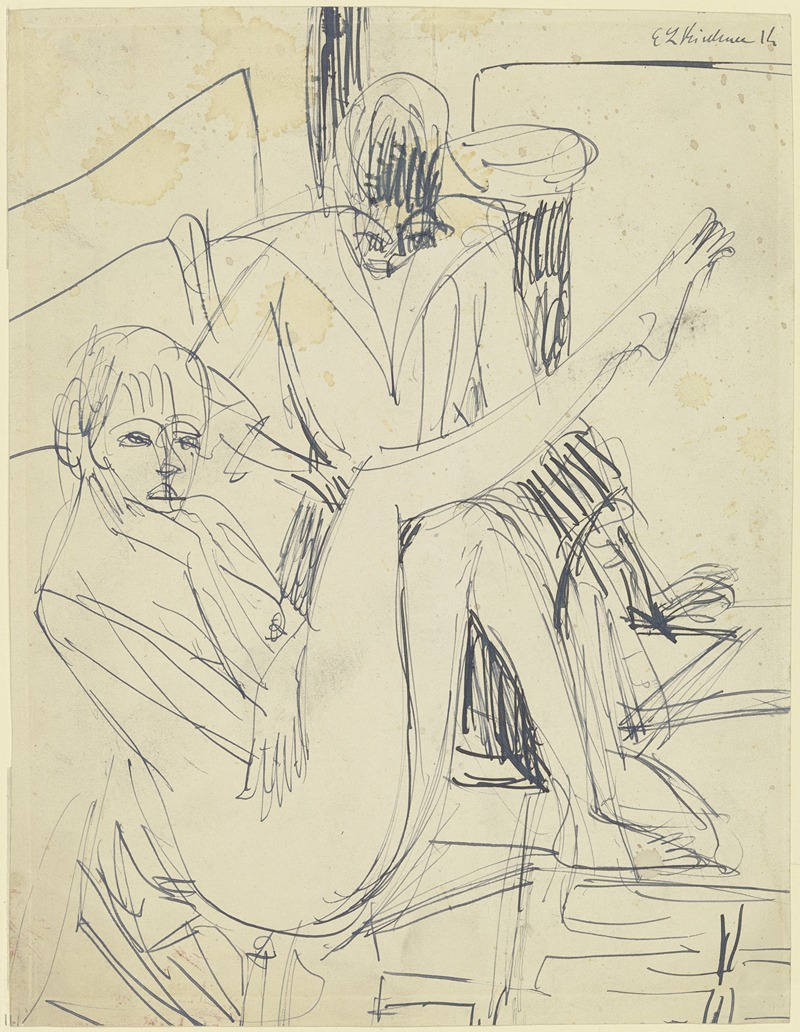
Zwei sitzende Frauen, eine davon als Akt
A hand-painted replica of Ernst Ludwig Kirchner’s masterpiece Zwei sitzende Frauen, eine davon als Akt, meticulously crafted by professional artists to capture the true essence of the original. Each piece is created with museum-quality canvas and rare mineral pigments, carefully painted by experienced artists with delicate brushstrokes and rich, layered colors to perfectly recreate the texture of the original artwork. Unlike machine-printed reproductions, this hand-painted version brings the painting to life, infused with the artist’s emotions and skill in every stroke. Whether for personal collection or home decoration, it instantly elevates the artistic atmosphere of any space.
Ernst Ludwig Kirchner was a prominent German expressionist painter and one of the founding members of the artist group Die Brücke, which played a pivotal role in the development of modern art in the early 20th century. His work is characterized by bold colors, dynamic compositions, and a focus on the human figure, often exploring themes of modernity and the human condition.
"Zwei sitzende Frauen, eine davon als Akt" (Two Seated Women, One of Them Nude) is one of Kirchner's notable works that exemplifies his expressionist style. Created during a period when Kirchner was deeply involved with Die Brücke, the painting reflects the group's interest in depicting the human form in a raw and unidealized manner. This piece is believed to have been painted around 1910, a time when Kirchner and his contemporaries were experimenting with new ways of seeing and representing the world.
The painting features two women, one of whom is nude, seated in a domestic interior. Kirchner's use of color is vivid and non-naturalistic, a hallmark of expressionism that seeks to convey emotional experience rather than physical reality. The figures are rendered with bold, sweeping brushstrokes, emphasizing their form and presence over realistic detail. This approach allows Kirchner to explore the psychological depth of his subjects, inviting viewers to engage with the emotional and existential undertones of the scene.
Kirchner's interest in the human figure was not merely aesthetic; it was also philosophical. He sought to capture the essence of modern life, with its complexities and contradictions, through the depiction of the human body. The juxtaposition of clothed and nude figures in "Zwei sitzende Frauen, eine davon als Akt" can be seen as a commentary on the dualities of public and private life, or the tension between societal norms and individual freedom.
The setting of the painting is intimate, yet the figures are somewhat detached, a common theme in Kirchner's work that reflects the alienation and fragmentation of modern existence. The composition is carefully balanced, with the figures positioned in a way that draws the viewer's eye across the canvas, creating a dynamic interplay between the subjects and their environment.
Kirchner's work, including "Zwei sitzende Frauen, eine davon als Akt," was influenced by a variety of sources, including non-Western art, which he admired for its perceived authenticity and directness. This influence is evident in the simplified forms and expressive lines that characterize his style.
Throughout his career, Kirchner faced numerous challenges, including the impact of World War I and the rise of the Nazi regime, which condemned his work as "degenerate art." Despite these obstacles, Kirchner's legacy endures, and his paintings continue to be celebrated for their innovative approach and profound impact on the course of modern art.
"Zwei sitzende Frauen, eine davon als Akt" remains an important example of Kirchner's exploration of the human condition through expressionist techniques, offering insight into the artist's vision and the broader cultural currents of his time.





